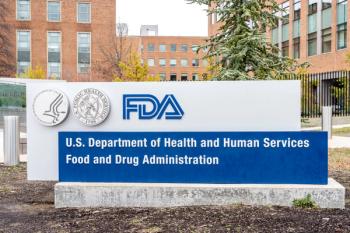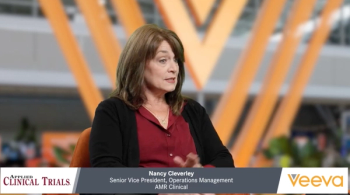
SGS Increases Capacity for Human Challenge Studies
In collaboration with University Hospital Antwerp, SGS is building a new unit with a total capacity of 110 beds. This also includes a separate quarantine unit with 45 beds for CHIM studies. The move to the new unit is planned in mid-2021.
Annick Van Riel, Director Clinical Pharmacology Unit, SGS, said, "Challenge studies will continue to play a key role in the development of medicines and vaccines against infectious diseases in the future. These studies can be a crucial time saving in the clinical development of anti-viral drugs, among other things, by demonstrating efficiency and safety in a controlled environment in a fast and safe manner. That's why we've also decided to invest further in expanding our quarantine capacity in our new CPU. This will allow us to carry out more efficient and faster studies with large numbers of study participants."
Read the full release,
Newsletter
Stay current in clinical research with Applied Clinical Trials, providing expert insights, regulatory updates, and practical strategies for successful clinical trial design and execution.





.png)



.png)



.png)
.png)
